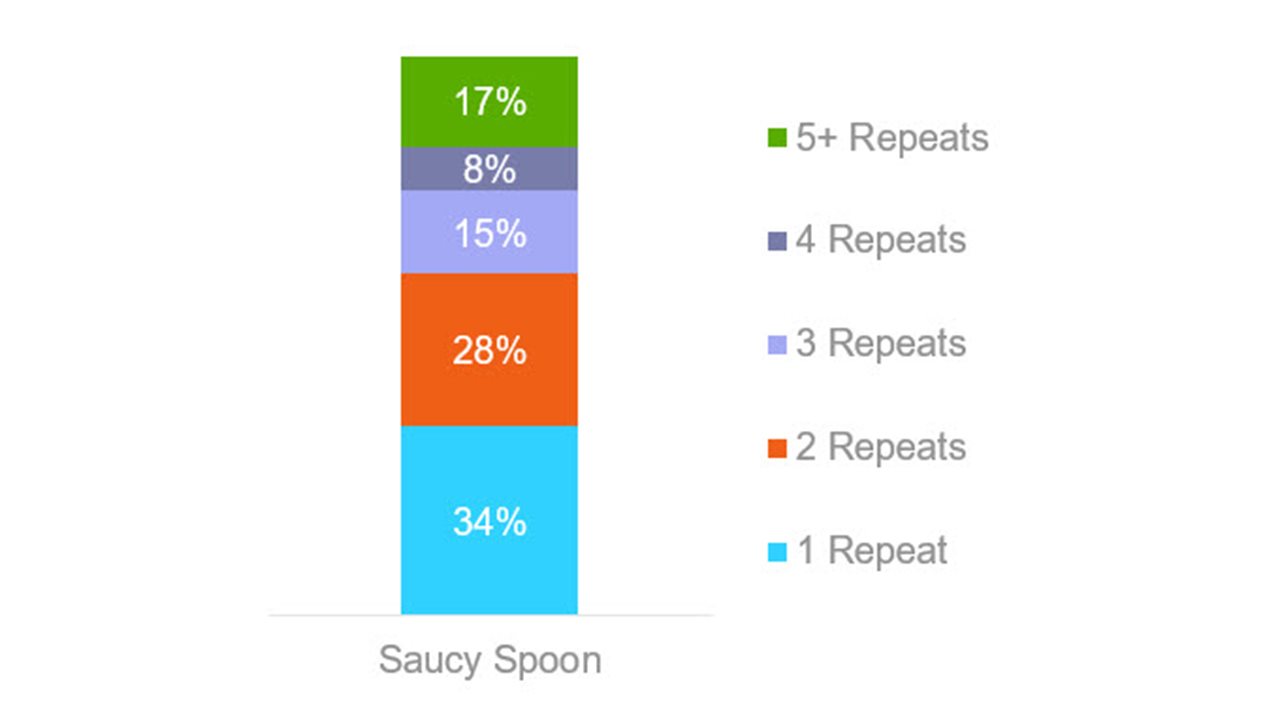2025-03-31T09:11:00
(BPT) – In today’s fast-paced world, consumers are more motivated than ever to choose healthcare options that offer a better experience, higher quality of care, and greater value. According to a recent survey by McKinsey, 58% of U.S. consumers prioritize their personal health and wellness more now than a year ago. Yet, despite high levels of engagement in health and wellness activities, many consumers are not satisfied with their overall healthcare experiences. Here are five ways to maximize your health plan.
1. Get the most of your mental health benefits
You might be surprised to learn that your health insurance plan includes mental health benefits, which may cover employee assistance programs, virtual therapy sessions, virtual behavioral coaching, or digital self-help tools such as Calm Health. These options make it easy to access the support you need in different ways. If you have mild behavioral health concerns, digital self-help tools and virtual behavioral coaching may be a great place to begin. If you have any questions or need more details, simply call the number on your insurance card for assistance.
2. Use resources that help you shop for care
Price transparency has long been an issue in American health care. Prices often vary by hundreds or thousands of dollars for the same services within the same city, and up until recently, consumers had virtually no way to know that. Without an easy way to look up the price of a procedure or surgery, people may choose a provider based on factors other than price and overall value.
To help members compare care options and costs more easily, some modernized health plans, like Surest from UnitedHealthcare, offer members the information they need to shop for care.
Unlike traditional plans, Surest eliminates deductibles and coinsurance. Instead, members pay only a copay, which may vary depending on the service and provider they choose. All providers in the network are evaluated based on historical performance data, including criteria like effectiveness and cost-efficiency. Those that performed better are deemed higher value. Members can use the Surest website or app to see available care options, network providers and the cost of the service or procedure they need, with lower copays for higher-value care providers. Ultimately, this means Surest members may save money when they choose care providers who have historically delivered effective, cost-efficient care.
3. Simplify your journey before a medical procedure
Preparing for a medical procedure can feel overwhelming. That’s why some health plans are doing some of the homework for you by proactively supporting you through some of the most common knee procedures. For example, with select UnitedHealthcare plans, members receive alerts as soon as 24 hours of prior authorization approval to access details about their upcoming procedure, questions to ask their doctor, and cost estimates. This support helps members feel more informed and confident about their upcoming procedure.
4. Personalize how you search for providers
Consumers are increasingly researching providers before making an appointment. According to recent data, 44% of patients research providers before scheduling a visit, and on average, they look at two to three providers before making a choice. This highlights the growing trend of consumers taking a more active role in their healthcare decisions. To make this process easier, UnitedHealthcare’s side-by-side provider comparison tool lets you compare providers based on your preferences, such as language spoken or patient reviews. These enhancements help you find the right care, schedule appointments online, and understand potential costs for services they provide, making the provider search process more efficient and tailored to your needs.
5. Access expert guidance at your fingertips
Navigating your health plan can feel complex, but you don’t have to do it alone. Insurance companies are emphasizing the role of advocates who may help consumers navigate their health plans, resolve issues, and maximize their benefits. According to a survey by Deloitte, 70% of consumers who used a healthcare advocate reported higher satisfaction with their healthcare experience. UnitedHealthcare’s Advocacy program connects members with specially trained advocates who may help with a wide range of personalized needs—including clinical care, behavioral health, pharmacy, special needs, healthcare costs, and medical plan benefits—to help members understand their coverage and make more informed healthcare decisions.



































